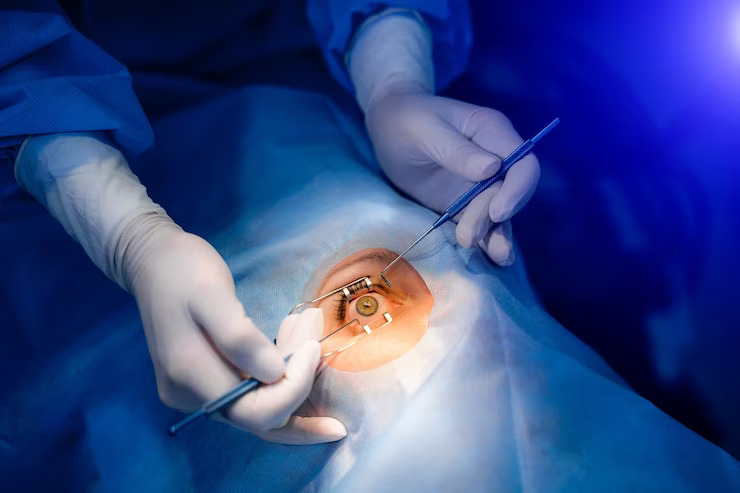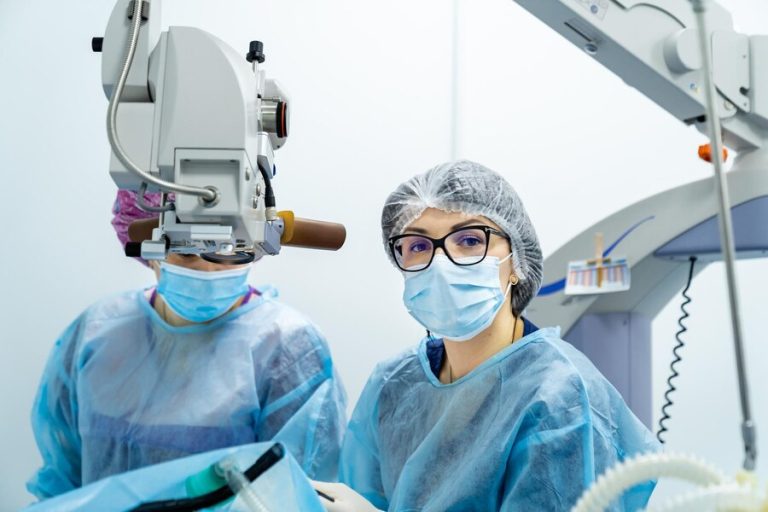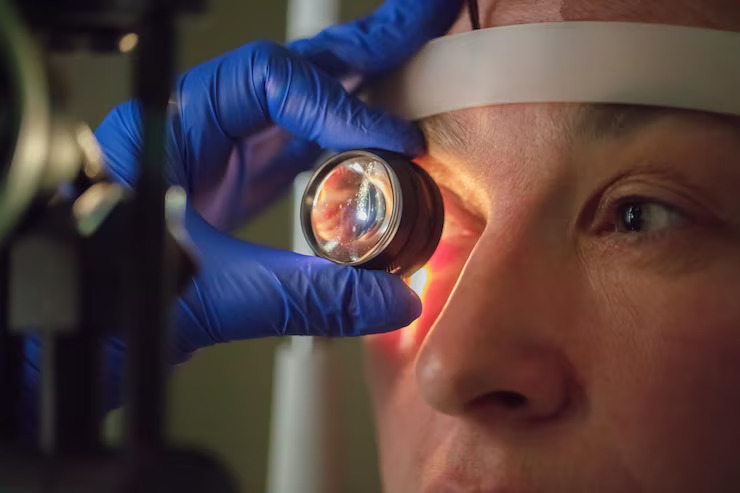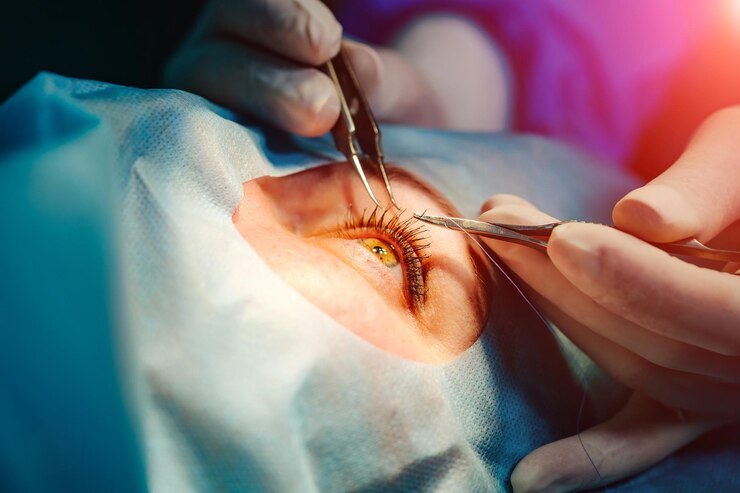The Evolution Of Cataract Surgery: A Historical Perspective
Cataracts, a clouding of the eye’s lens, have plagued humanity for centuries, impairing vision and diminishing quality of life. The journey to effectively treat cataracts has been a long and fascinating one, marked by significant milestones in medical history. From ancient remedies to modern surgical techniques, the evolution of cataract surgery reflects humanity’s relentless pursuit of clearer vision and improved ocular health.
To Know More About It Please Click Here
Ancient Remedies
The earliest recorded attempts to treat cataracts date back to ancient civilizations such as Egypt and India. Ancient texts reveal crude methods, including puncturing the eye with a sharp instrument to dislodge the cloudy lens. These procedures were often performed by itinerant healers and were associated with high risks of infection and blindness.
Greek and Roman Influence
Greek and Roman physicians made notable contributions to the understanding and treatment of cataracts. The Greek physician Galen described the anatomy of the eye and proposed that cataracts were caused by an accumulation of humors. However, treatments remained primitive, consisting mainly of topical ointments and poultices.
The Middle Ages
During the Middle Ages, cataract surgery fell into disrepute, largely due to the dominance of religious beliefs and superstitions. The prevailing notion was that blindness was a divine punishment, and attempts to treat it were often discouraged. Nevertheless, some Islamic scholars preserved and expanded upon the knowledge of ancient physicians, paving the way for future advancements.
The Renaissance and Early Modern Era
The Renaissance witnessed a resurgence of interest in scientific inquiry and anatomical studies. In the 16th century, the Italian physician Girolamo Fracastoro proposed the idea of removing the opaque lens to restore vision. However, surgical techniques remained perilous, with high rates of complications and mortality.
The 18th and 19th Centuries
Advancements in surgical instruments and anesthesia during the 18th and 19th centuries paved the way for safer cataract surgeries. The French surgeon Jacques Daviel performed the first successful extracapsular cataract extraction in 1747, removing the lens through a small incision in the eye’s cornea. This technique marked a significant departure from previous methods and laid the foundation for modern cataract surgery.
The 20th Century
The 20th century saw remarkable progress in cataract surgery, driven by innovations such as intraocular lenses (IOLs) and phacoemulsification. In 1949, British ophthalmologist Harold Ridley implanted the first IOL made of polymethylmethacrylate (PMMA), revolutionizing the treatment of cataracts. Subsequent developments, including the introduction of ultrasound technology for lens fragmentation (phacoemulsification), further improved surgical outcomes and reduced recovery times.
Contemporary Techniques
Today, cataract surgery is one of the most common and successful surgical procedures performed worldwide. Modern techniques, such as small-incision phacoemulsification and femtosecond laser-assisted cataract surgery, offer enhanced precision and faster recovery times. Moreover, the advent of premium IOLs, such as multifocal and toric lenses, allows for customized vision correction and reduced dependence on glasses after surgery.
Conclusion
The evolution of cataract surgery represents a remarkable journey spanning millennia of medical history. From ancient remedies to cutting-edge technologies, the quest to restore vision has led to transformative advancements in ophthalmology. As we look to the future, ongoing research and innovation promise even greater improvements in the diagnosis and treatment of cataracts, ensuring that individuals around the world can enjoy clearer vision and enhanced quality of life.
For any further queries, Plz visit drvivekgarg. in








